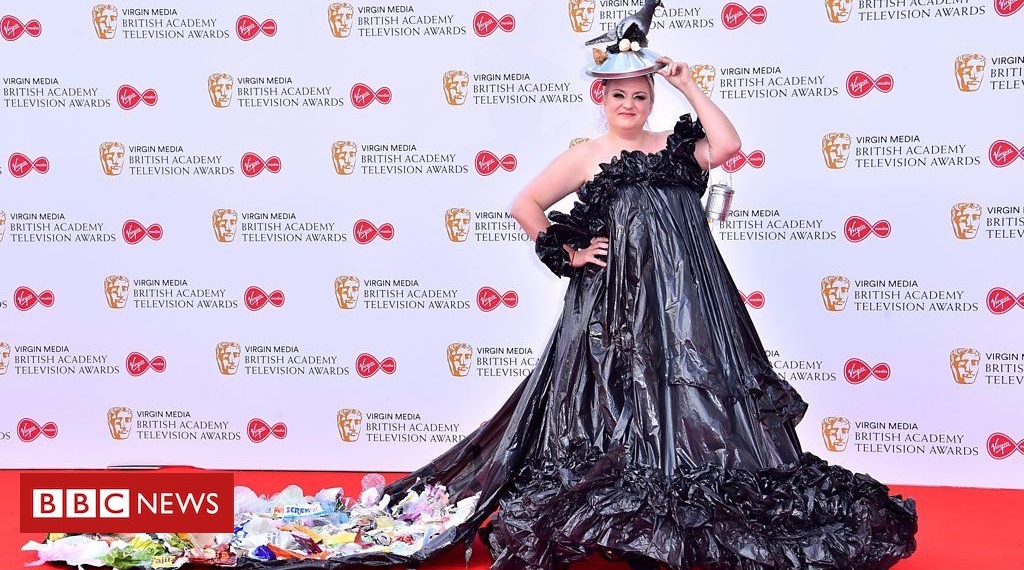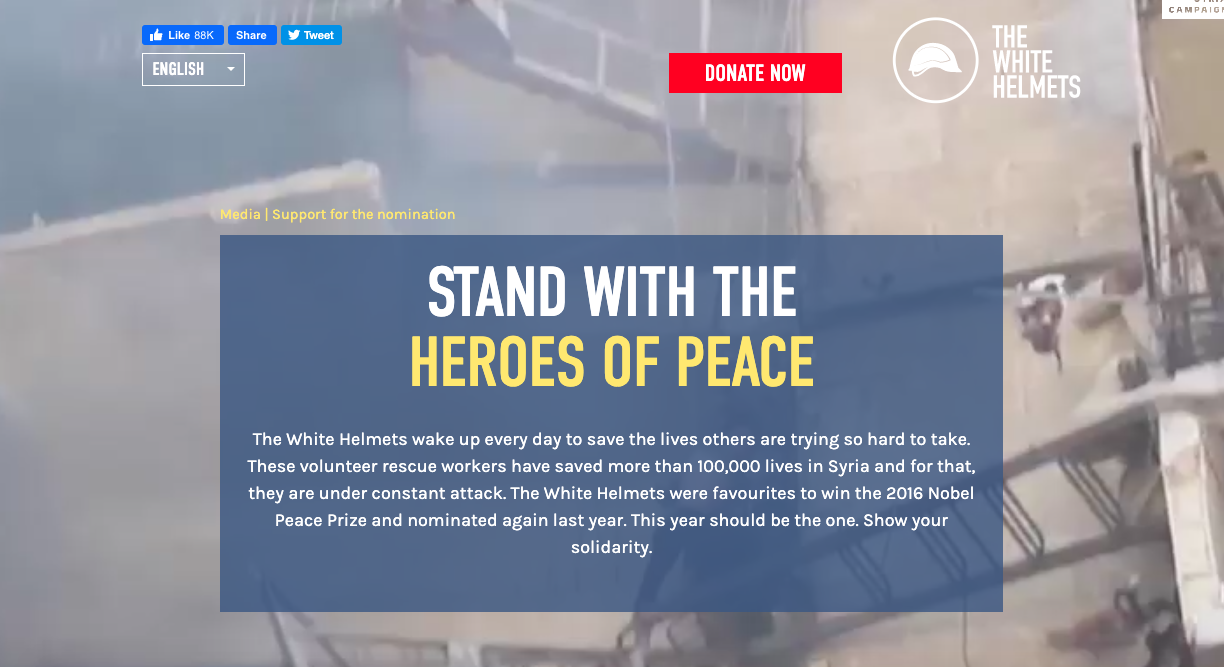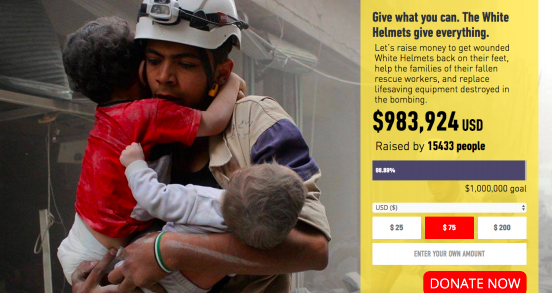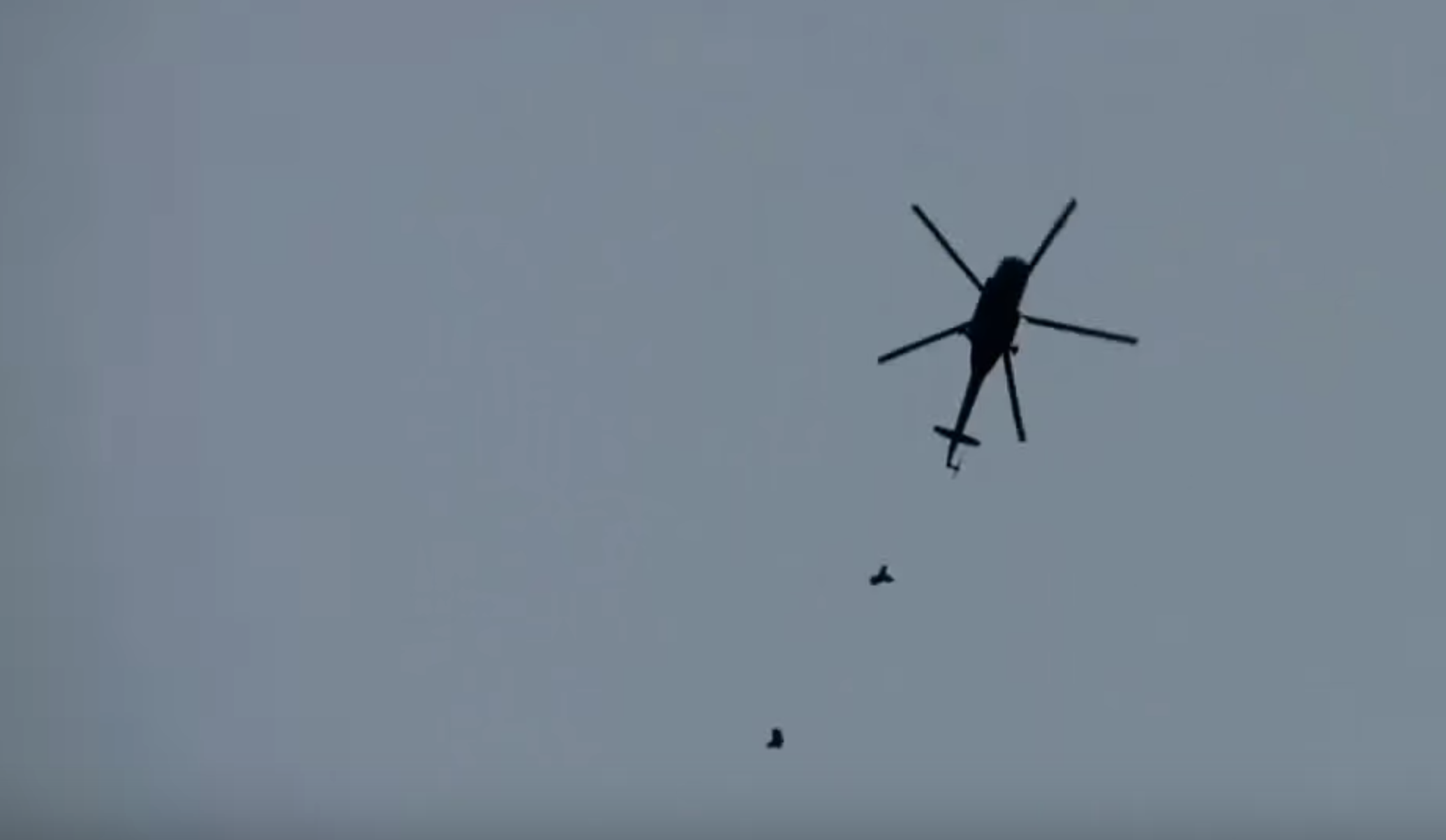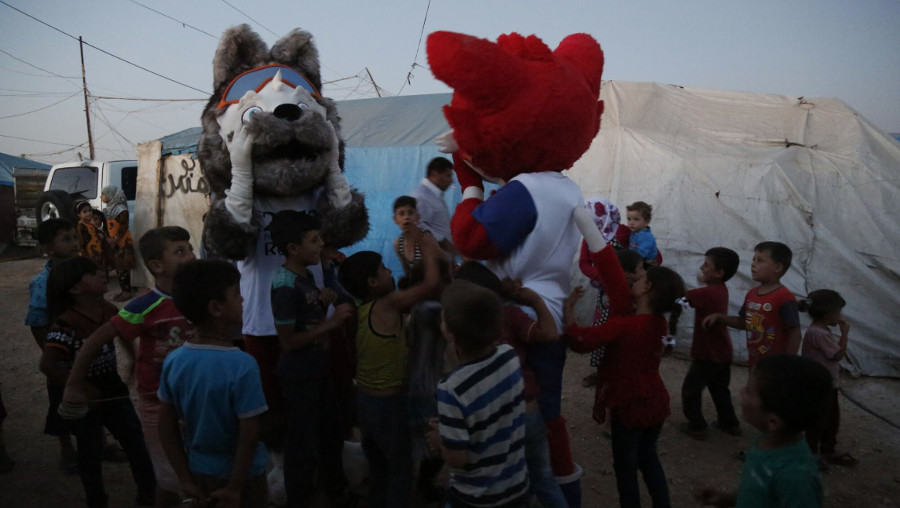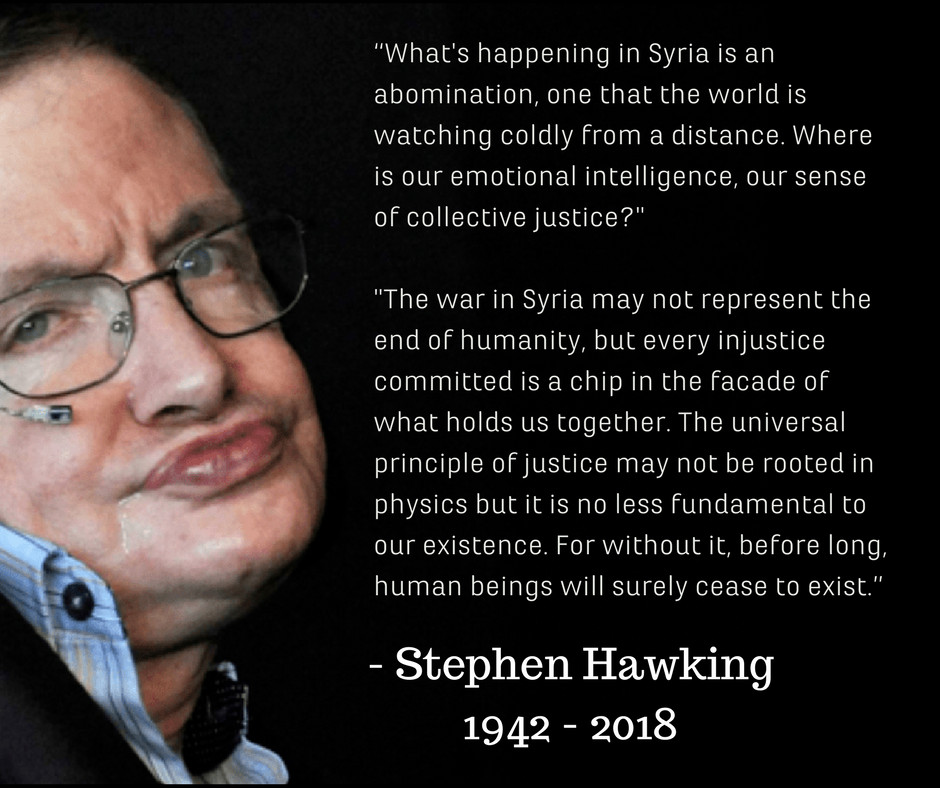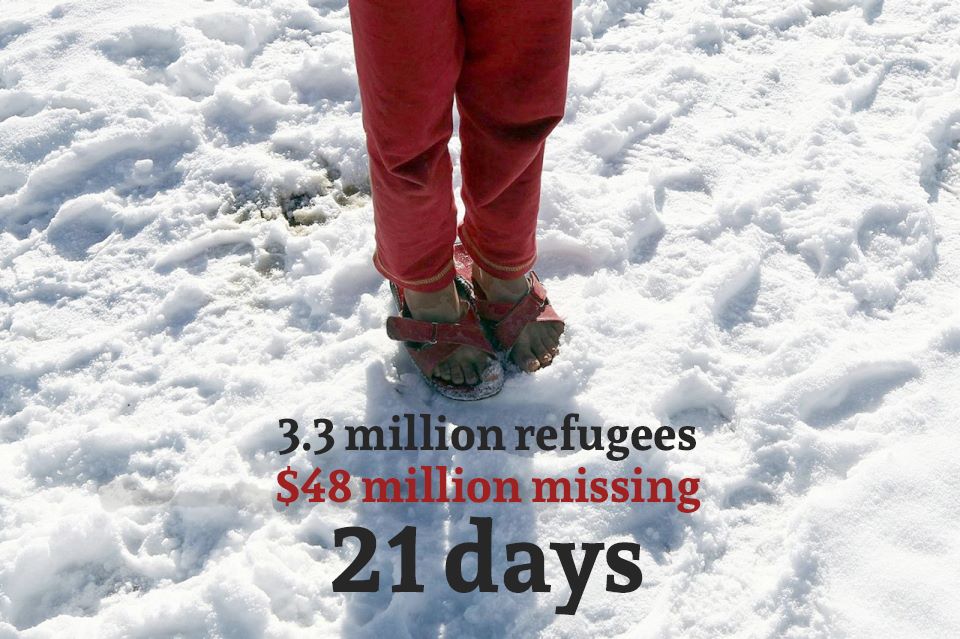Campaign tactics
Welcome to the fun, creative bit where you get to put your theory of change into action. Be as bold and ambitious as you can. Think out of the ordinary in order to get noticed.
The most successful tactics will probably tap into the news of the moment, while also clearly communicating your campaign.
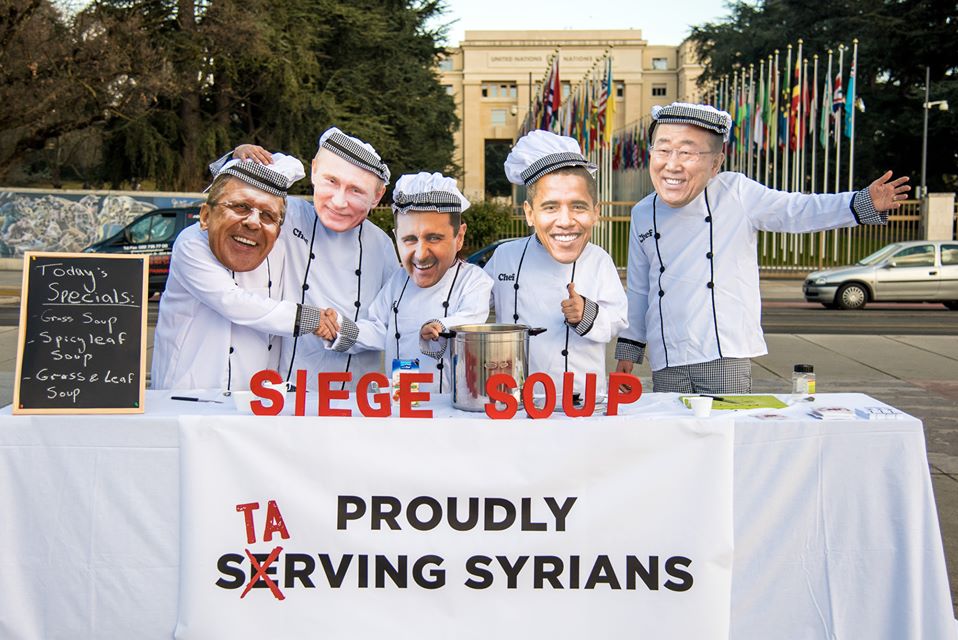
“Never doubt that a small group of thoughtful, committed citizens can change the world; indeed, it’s the only thing that ever has.”
Margaret Mead
Menu of tactics
If you are a small campaign group, working on major human rights issues, it can sometimes seem daunting to achieve your goals, given the strength of the groups you are opposing. But if you pick the right tactics, you can generate power and energy in just the right places to change things. In the famous words of the anthropologist Margaret Mead, “Never doubt that a small group of thoughtful, committed citizens can change the world; indeed, it’s the only thing that ever has.”
There are a whole range of tactics available to campaigners. To be effective, you need to think what power you can mobilise. Tactics that might be effective in one situation won’t work in another. For example – if you live in a country where political representatives respond to their constituents, then a petition or letter writing campaign to them might be effective. But in other political contexts, that just won’t be an option.
It’s unlikely that one tactic alone will achieve the change you want to make. Depending on your political environment, a few of these combined tactics could bring about change:
- Organise a stunt
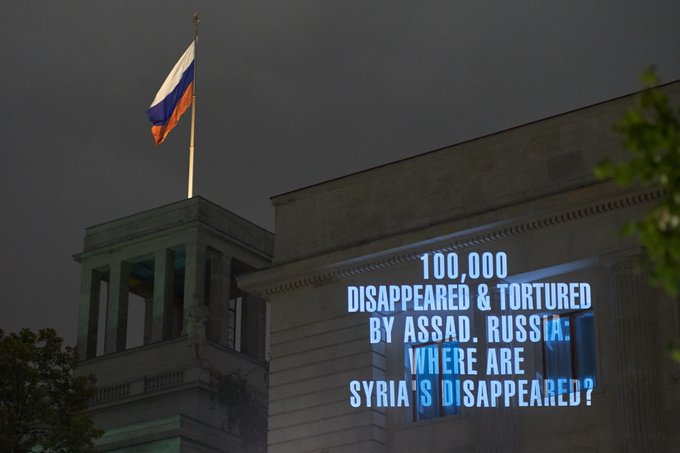
Case study
Russian Embassy Projections
- Organise a protest
- Pay for a billboard or newspaper advert
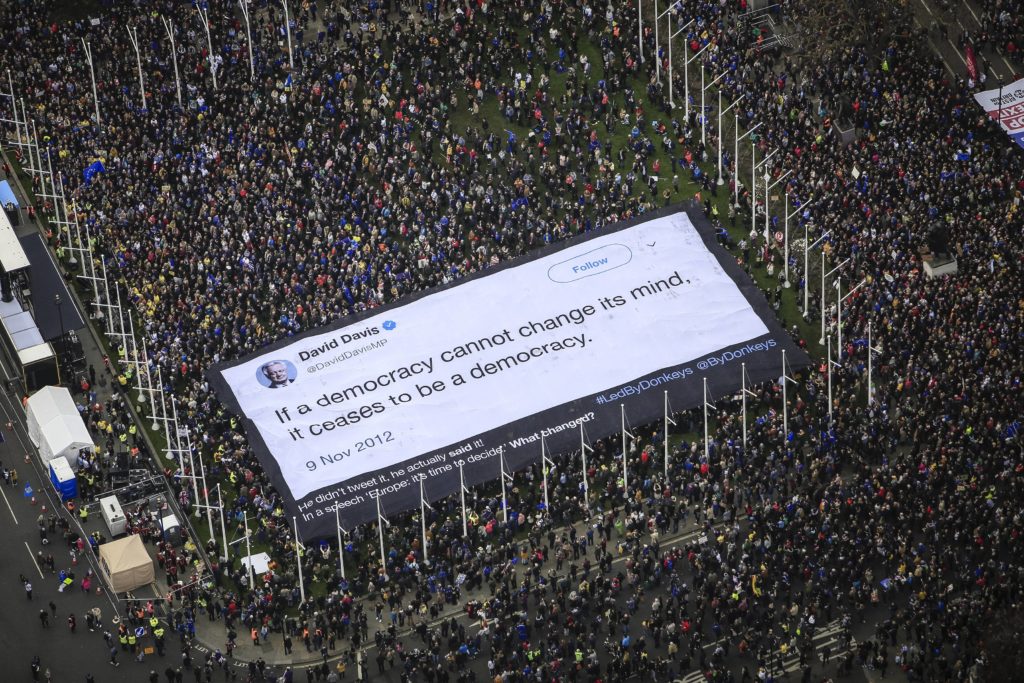
Case study
Led By Donkeys
- Ask people to tweet or post something
- Ask people write to their government representatives
- Ask people to sign a petition
- Write a policy report
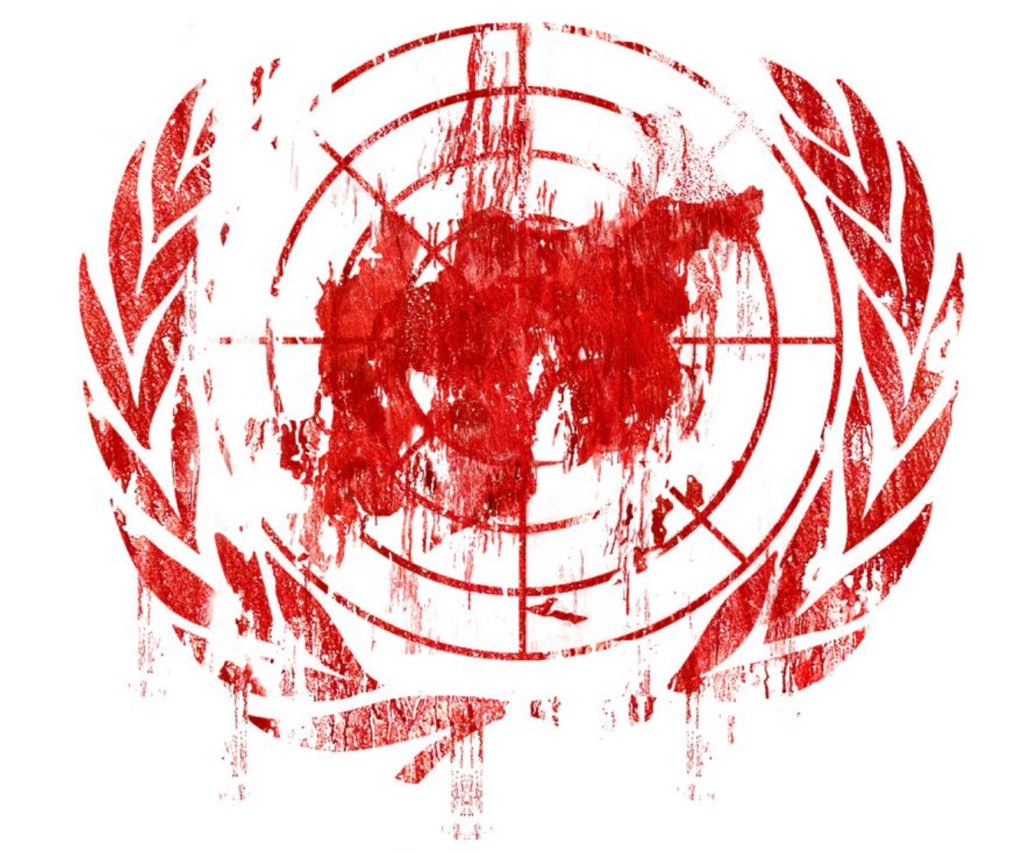
Case study
“Taking Sides” report on the UN
- Meet with decision-makers
- Generate media coverage
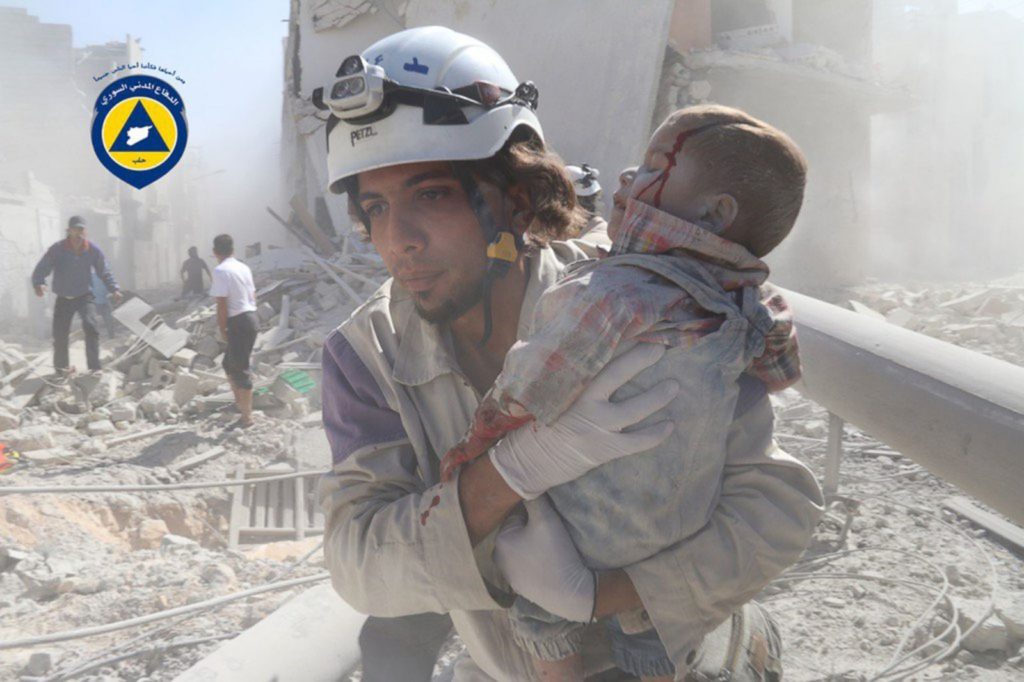
Case study
Partnering with the White Helmets
- Work with an artist on a piece of art
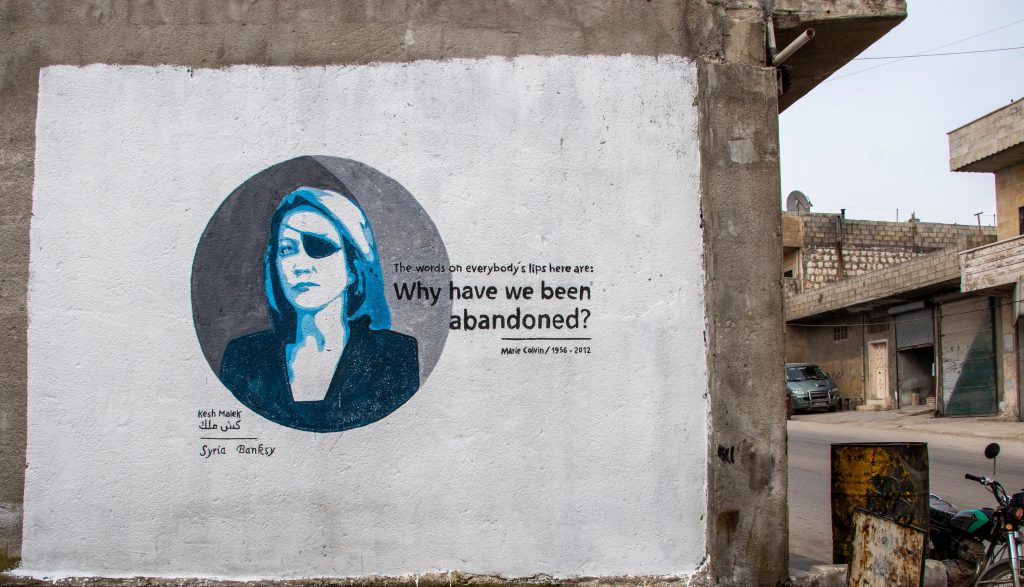
Case study
Kesh Malek Murals
- Launch an event
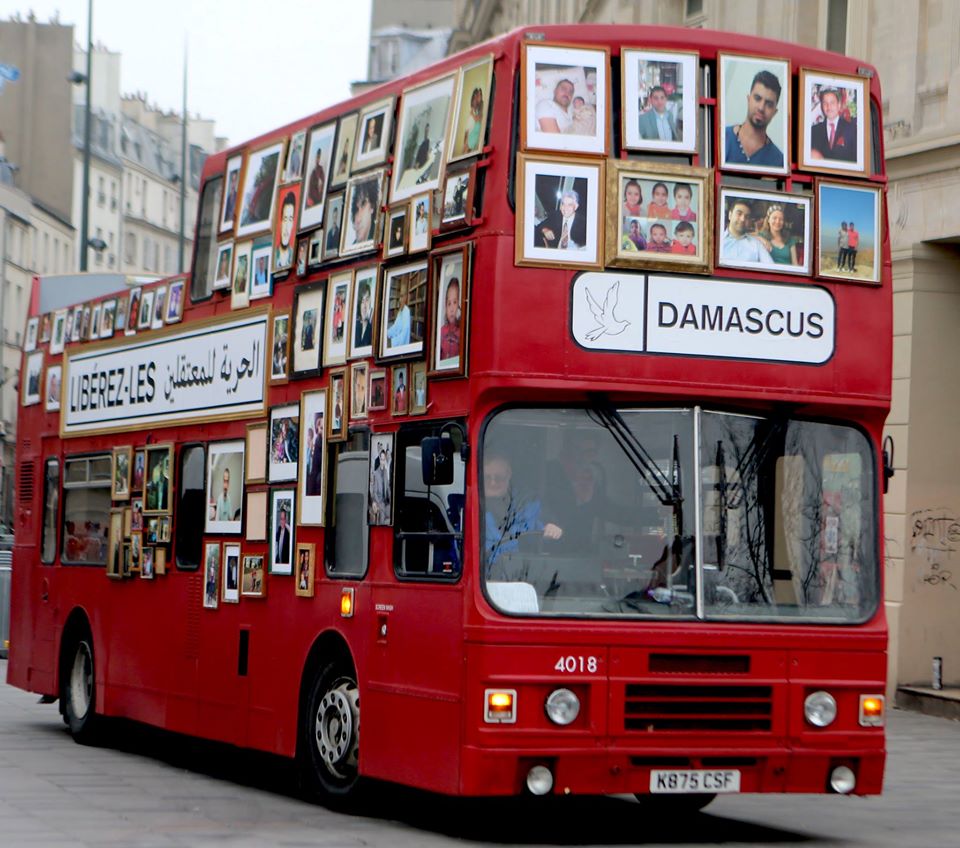
Case study
Freedom Bus
Planning your spikes
Whatever tactics you choose – don’t think you need to wait until you have the perfect campaign ready. Don’t be afraid to take risks – getting started with activities and content that you publish is really important for generating energy and momentum, and testing things out will help you refine your campaign.
As you build momentum, you may have some long-term, ongoing activities, such as social media content. It can also be helpful to think of specific campaign moments you can focus on. These might be linked to external events (such as elections) or they might be events you plan yourself. In either case – these ‘spike’ moments can be opportunities to focus the energy of your whole team and take big steps towards your campaign goals.
Photo opps
Creating a strong image that will get picked up by media or shared by lots of people isn’t easy. But a classic campaigning tactic is to create something visually striking and photograph it somewhere relevant to your message. Take a look at these famous campaigning photo opportunities and consider what made them so successful.
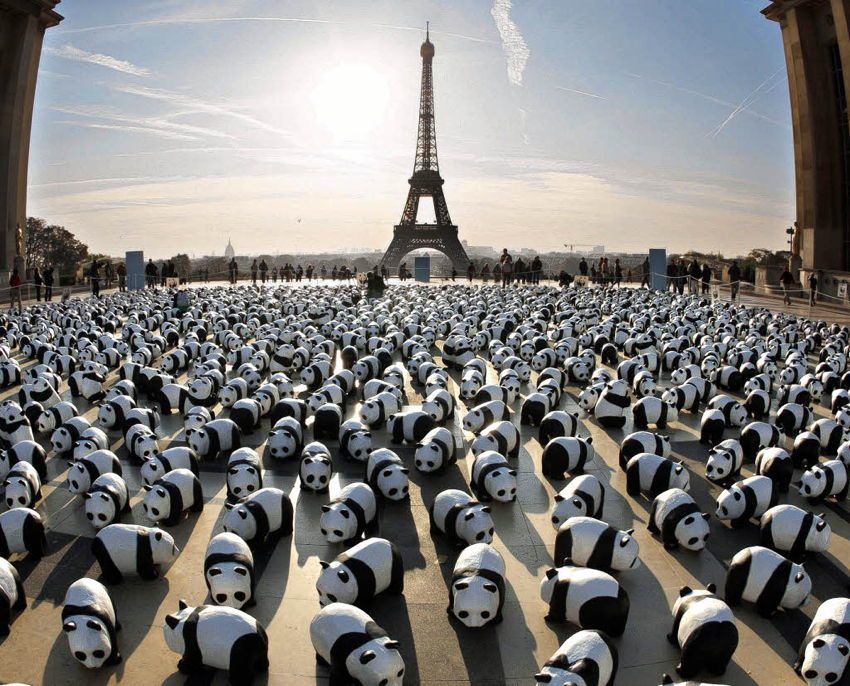
The World Wildlife Fund (WWF) placed 1,600 papier mache pandas beside the Eiffel Tour in Paris. There are just 1,600 pandas left in the world. 
Caption 2 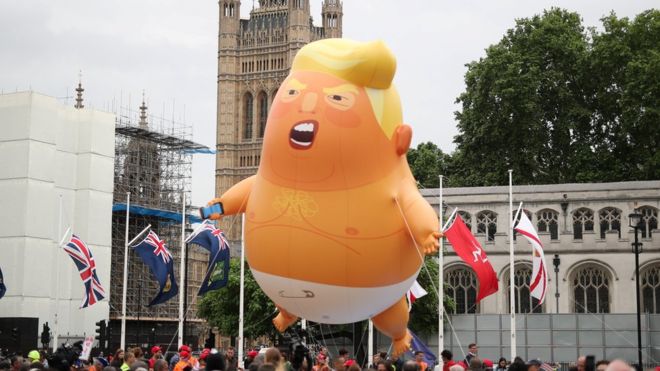
Caption 3 